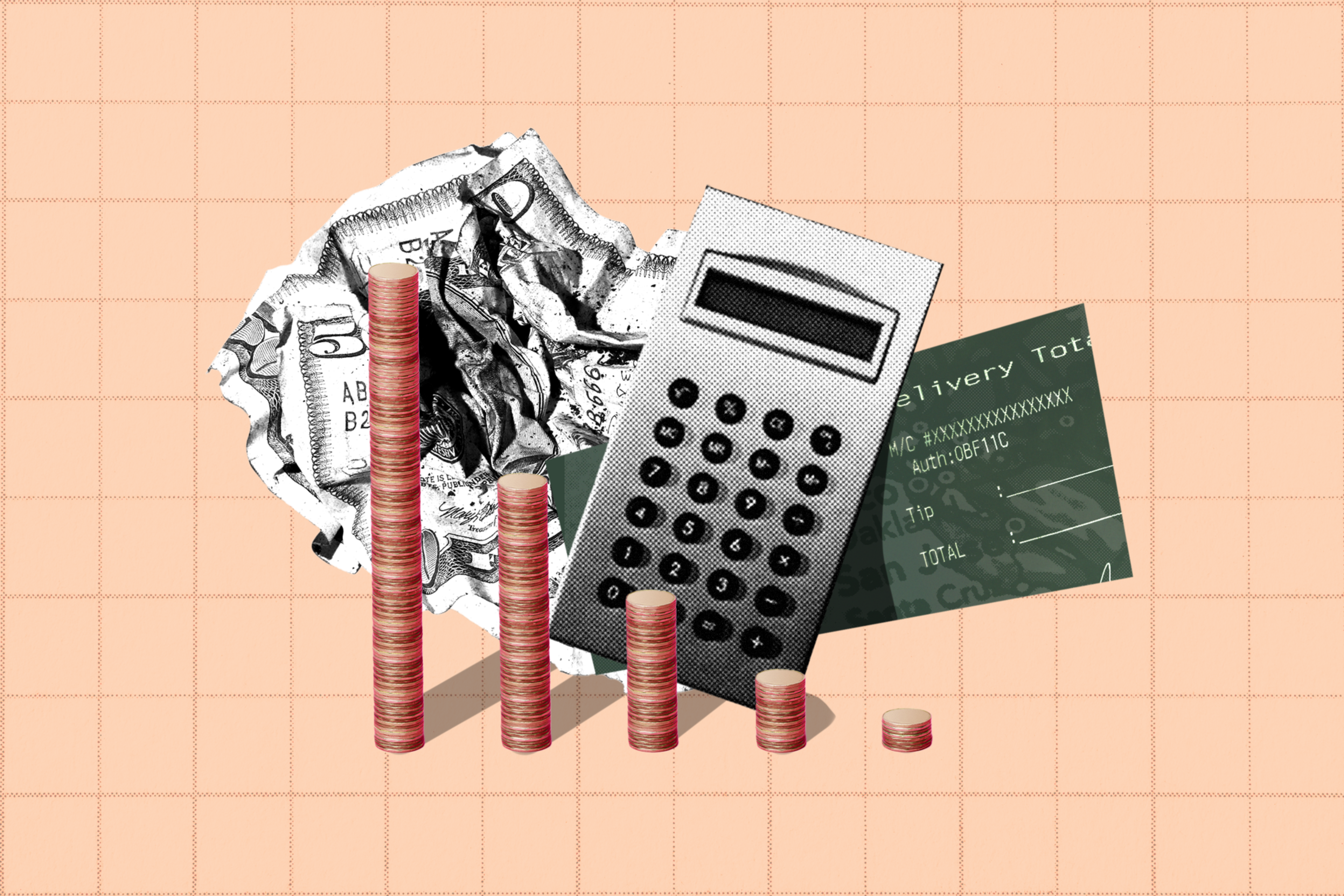There’s a common perception within the service industry that the richest people make the poorest tippers. That paradox seems to be playing out regionally, according to a comparison of Bay Area tipping data with median income.
Payments processor Square, which analyzed tens of millions of transactions, found that the people of Antioch are the best tippers on food and drinks, leaving an average of 15.4%. Yet, they have among the lowest median income in the region, at $42,000, according to The Standard’s comparison.
On the other end of the spectrum, people in Redwood Shores — a Peninsula waterfront community along the western part of the Bay — tipped an average of 11.2% despite the area’s median salary of $66,000.
Pacifica and Milpitas have nearly the same median income — $67,000 versus $66,000 — but their tipping habits for food and drinks differ dramatically, at 15.2% and 12%, respectively.
Square analyzed only transactions over $5 and tips over $1.
Survey research generally doesn’t support the theory (opens in new tab) that affluence and generosity have an inverse relationship. Wealthier Americans self-reported higher tipping habits than middle- and low-income respondents in Pew’s 2023 study of tipping culture. (opens in new tab)
“Of course, we’re asking people what they say they do, as opposed to knowing what they really do, so who knows what that could mean,” noted Pew senior editor Drew DeSilver.
However, high-income respondents also expressed the least amount of confidence that they knew how much to tip in a given situation. Additionally, they said they were more likely to feel social pressure (opens in new tab) in deciding whether to tip at all. Age can also have an impact: Younger people were more likely to say they leave higher tips than older people, though they were also the least likely to leave any tip when ordering a drink at a bar.
To see the stingy-versus-generous scale on a hyper-local level, The Standard asked Square to break down the tip data by ZIP Code.
At the low end in San Francisco is the Lake Merced neighborhood, where Stonestown mall is located, with a 12.57% average, while the Mission represents the city’s tipping apex, with an average of 15.37%.
The conversation around gratuity has intensified as the pandemic changed patterns around tipping for takeout, memes complain about “guilt tipping” for mundane activities (opens in new tab), and bartenders gripe about tightfisted Gen Z drinkers.
As the number and type of establishments soliciting gratuities have increased, the question of where and how much to tip has become a lightning rod for debate.
“We found that there’s resistance to the general sense of ‘tipflation,’ where people are being asked to tip more in more places,” DeSilver said.
Being asked for extra cash when you pick up a takeout order or visit your mechanic can sour people on tipping generally, according to Dipayan Biswas (opens in new tab), a marketing professor at the University of South Florida who has studied tipping over the past decade.
The dramatic changes in expectations have led to “quite a bit of tipping fatigue and negative attitudes toward tipping in general,” he said. “Unfortunately, this has resulted in a lower degree of tipping in the restaurant industry, where the wait staff actually rely on tips for their income.”
To that end, Square’s data shows that the average tip amount has been trending downward. Both the food-and-beverage and beauty (like haircuts, nail care, facials) categories saw monthly average tip percentages dip in the last three years in the Bay Area.
“With the current economic climate, consumers are pulling back a bit, with this decrease in tips ultimately affecting workers,” said Ming-Tai Huh, Square’s head of food and beverage. These businesses “may be implementing service charges to offset costs too, potentially affecting tip amounts.”
From service premiums to fees covering employee healthcare mandates, restaurants often tack surcharges onto the bottom of a bill, instead of baking them into menu prices (a practice that’s possible in California because restaurants won a last-minute exemption from a statewide ban on “junk fees”).
“In these polarized times, it’s so rare to find something that unites Americans as much as how much they dislike service charges,” said DeSilver, noting that the vast majority (72%) of Pew’s survey respondents oppose automatic fees.
Square’s data shows that the monthly average tip for food and drinks in the Bay Area never quite reached 15% over the last three years, much less the expected standard of 20% (opens in new tab).
That lines up with other research: Pew found that tipping 15% or less at a restaurant is the norm (opens in new tab).
Meanwhile, California has been crowned the lowest-tipping state (opens in new tab) by payments processor Toast (which pegs the national average at 18.8% (opens in new tab)). San Francisco has ranked dead last for its tipping habits among major cities in the past.
Interestingly, beauty tips spike in December, presumably because people who have personal relationships with their practitioners feel more generous around the holidays. Tips on food and drinks increase slightly in January from December.
